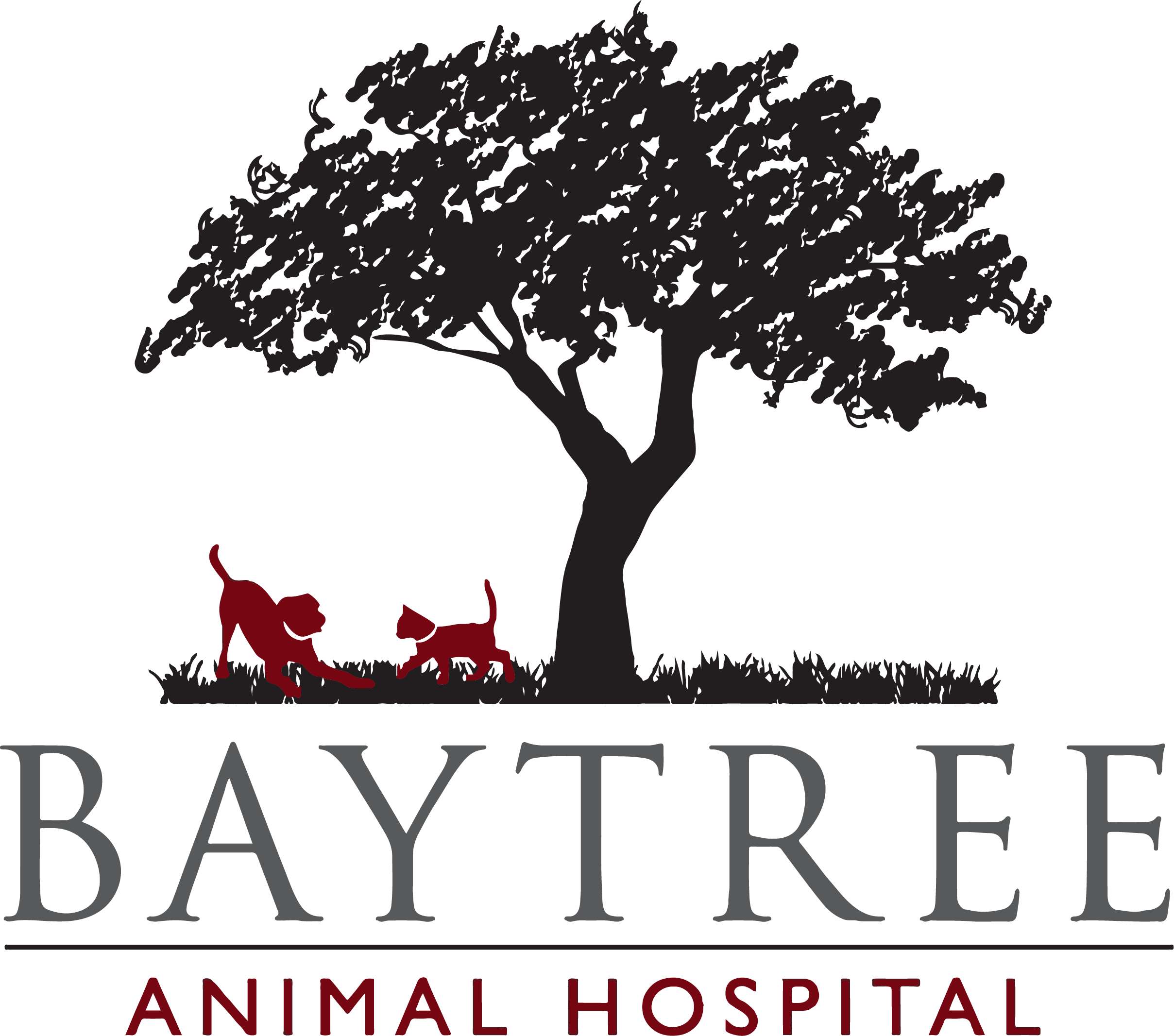Library
-
A caesarean section is a major surgery usually performed in an emergency to help deliver puppies. As with any anesthesia, the dog may be sleepy but should be able to eat a high quality diet and nurse puppies within a few hours. The dog should be monitored for fever, abnormal vulvar discharge, and abnormalities at her incision. It is important to ensure that puppies are able to nurse well. If not, or if the dog can not produce enough milk, then commercial milk replacer is recommended. Colostrum ingestion is important for immune protection. If puppies are not nursing within the first 24 hours, then they will need additional veterinary care. Ambient temperature is important in the first 2-4 weeks after birth as puppies cannot regulate their temperature well.
-
Calcium oxalate bladder stones are composed of a mineral called calcium oxalate. Cats are more likely to develop oxalate stones when their urine contains high levels of calcium and oxalate. Additionally, a low urine pH promotes the formation of oxalate stones. Bladder stones can cause significant inflammation and irritation of the bladder wall. Signs may include frequent urination, straining to urinate, blood in the urine, and urinating outside of the litterbox. Male cats especially are at risk of a life-threatening urinary obstruction. Treatment options and prognosis are discussed.
-
One of the more common uroliths in the dog is composed of calcium oxalate crystals. Current research indicates that acidic urine high in calcium, citrates, or oxalates predisposes a pet to developing calcium oxalate urinary crystals and stones. The most common signs that a dog has bladder stones are increased frequency of urination, painful urination, and blood in the urine. Male dogs are more commonly affected and may be at risk of a life-threatening urinary obstruction. Treatment options and prognosis are discussed.
-
The general instructions for incision care are the same for all surgical incisions. There may be some differences, however, depending on the type of surgery and the material used to close the incision. This handout is a guide to caring for your cat's surgical incision(s) at home for optimal recovery.
-
The general instructions for incision care are the same for all surgical incisions. There may be some differences, however, depending on the type of surgery and the material used to close the incision. This handout is a guide to caring for your cat's surgical incision(s) at home for optimal recovery.
-
Neutering in Dogs
La castración se ha de plantear siempre si va a mantener a su perro únicamente como mascota. Hay que tener en cuenta que los perros guía y los perros para sordos o minusválidos se castran de forma rutinaria. Es una intervención que tiene muchas ventajas y pocos inconvenientes.
-
Cataract formation is a reasonably well-known occurrence in pet birds. Canaries are more prone to cataract formation than other species of birds. Cataracts may be inherited or be secondary to a traumatic injury or infection involving one or both eyes.
-
A cataract is an increase in the opacity of the lens of the eye. There are many potential causes of cataracts because any type of damage to the lens can lead to a cataract. The clinical signs of cataracts vary significantly, depending on the size of the cataract; many cataracts are asymptomatic at the time they are diagnosed during a veterinary exam. The ideal treatment for cataracts is surgery, but not all cats are candidates for surgical treatment. In these cases, anti-inflammatory medications may be used to prevent glaucoma and other secondary complications of cataracts.
-
Cervical vertebral instability (wobbler syndrome) is caused by compression of the spinal cord, usually at the base of the neck. Although the spinal cord compression occurs in the neck, the hind legs are often affected first. In severe cases, the dog may suddenly develop total paralysis of all four limbs. The condition is most prevalent in Great Danes and Doberman Pinschers. Most pets enjoy a relatively normal lifestyle following surgery.
-
A cesarean section is a surgery to remove kittens from the uterus and is most commonly performed as an emergency procedure when there is difficulty with natural birth. During the immediate recovery period, the mother and kittens must be closely monitored and begin eating/nursing within a few hours. If you have any concerns about their health, you should immediately have your veterinarian examine the kittens and their mother.

